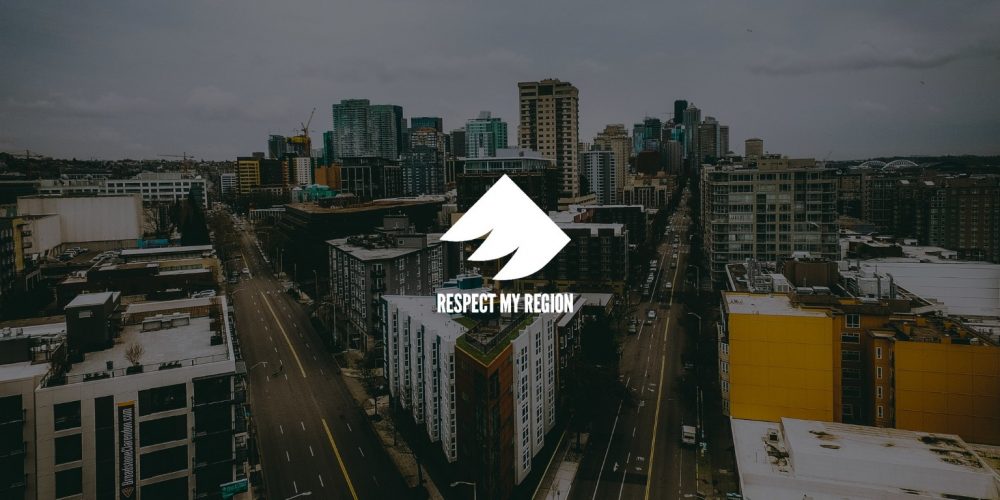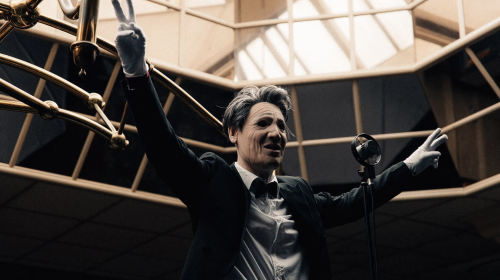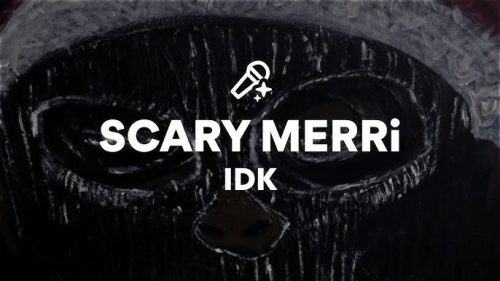The financial state of Canadian cannabis is uncertain for pretty much anyone who isn’t Justin Bieber, Seth Rogen, or Drake. Earlier this year, HOUSEPLANT, Seth Rogan’s cannabis brand, and Drake both walked from their Canopy Growth partnerships to pursue international trade entities.
Other merger-acquisitions such as Aurora Cannabis, a Canadian medical and recreational cannabis producer, over CannaMed and Aphria are reflective of macro competitive industry edge. The same instance appeases a long sought ROI to the smaller companies struggling in the micro pond.
It’s anyone’s guess what is truly in store for the Canadian cannabis industry. Approximately one month following the three year anniversary of cannabis legalization, there hasn’t been any significant additional regulations or amendments announced. The initial three year review produced several gray areas, with a few steadily exploited in the media.
Lack of Financial Support and Lending Options With Traditional Banking Institutions

Via Unsplash
Lack of financial support and lending options with traditional banking institutions, product recall and regulatory violation, and mergers and acquisitions are ever-present obstacles for Canadian cannabis. Furthermore, Manitoba’s mystery approach to regulating personal production of medical and recreational cannabis per household does little to help.
If we focus on present negatives, though, it is easy to be complacent with the elephant in the room. That elephant being the illicit market, which can otherwise be correlated to the broader history of Canadian cannabis legalization. This factor is not as frequently referenced, but certainly as impactful as any other. That’s especially considering the illicit market remains a competitor to the legal cannabis industry to this very day.
Compare in Terms of Integrity, Quality, Variety, Reputation, Accessibility, and Quantity

Via Unsplash
Some functions of the legacy market have evolved into the standardized regulatory legal sector. In this way, the illicit market continues as a silent mentor to Bill-C45. So let’s compare markets in terms of integrity, quality, variety, reputation, accessibility, and quantity. We can even consider crucial factors in pre-legal medical and illicit market quality assurance measures.
Another factor heading into a new three-year stretch is the legal gray area of on-reserve cannabis production and sale. RMR has written on the subject in previous stories, and as the Indigenous cannabis scene is set to flourish, we will continue breaking these stigmas.
Meanwhile, the Use of Appealing Images, Such as Characters Matching Strain Names, Remains Prohibited

The Homegrown Hero, Captain Cannabis, via official Facebook page
In Canada, the use of appealing images, such as caricatures matching strain names, remains prohibited. Cheech & Chong’s Chronicles have long since reached global acceptance already. With help from the likes of Canada’s Verne Andru, creator of the homegrown superhero Captain Cannabis, someday we could see new small Canadian business opportunities like adult cartoons and comics, plus other graphic design economies emerge.
Commercial Lending is the Stigmatic Battle For Small Businesses

Commercial lending is another stigmatic battle for smaller Canadian cannabis businesses trying to survive the game. We can all enter, but getting things done takes a community. Manitoba’s www.fleuryshventuresltd.com has spent one year beside the grindstone for under $5K. Commercial cannabis funding will be available after two years in operation.
The hardships endured in the process include a company that’s broke, and a broken family. High hopes for #decolonizecannabis to remain a healthy thread in the canvas, sail and rope that ties cannabis success to community and culture.








